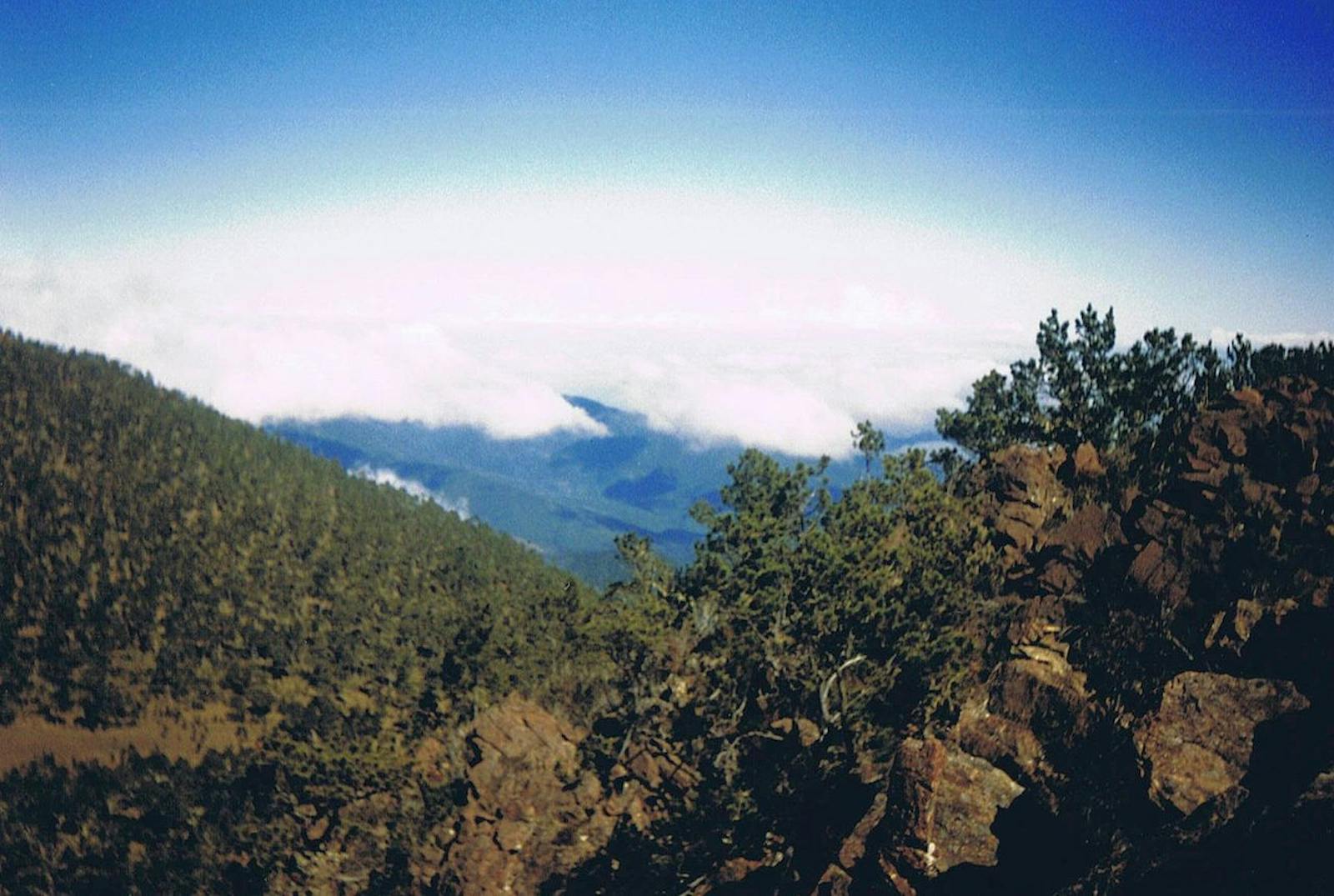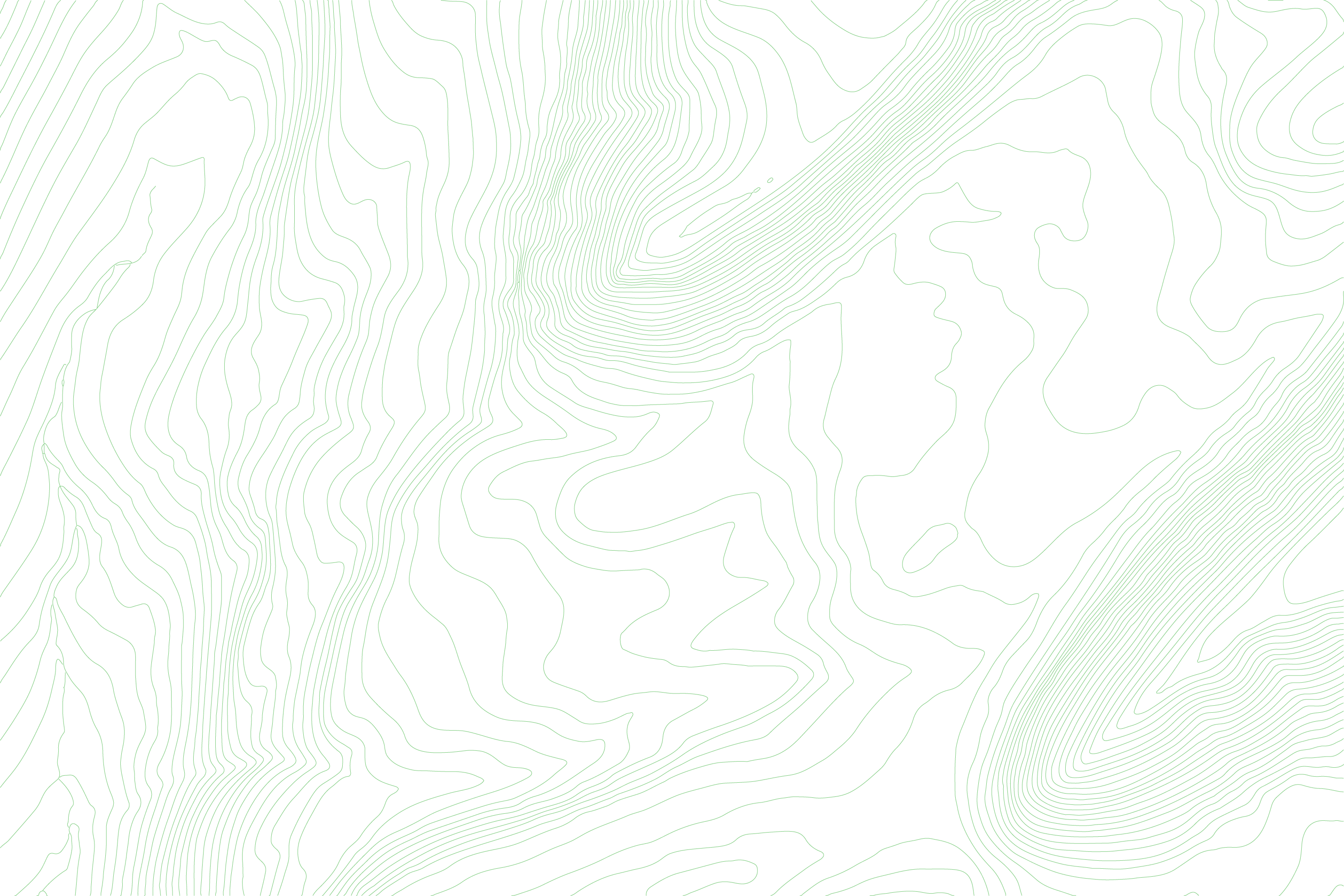Hispaniolan Pine Forests
The ecoregion’s land area is provided in units of 1,000 hectares. The protection goal is the Global Safety Net (GSN1) area for the given ecoregion. The protection level indicates the percentage of the GSN goal that is currently protected on a scale of 0-10.
Bioregion: Caribbean Islands (NT26)
Realm: Central America
Ecoregion Size (1000 ha):
1,162
Ecoregion ID:
555
Conservation Target:
75%
Protection Level:
5
States: Dominican Republic, Haiti
The Hispaniolan Pine Forests ecoregion originally occupied about 15% of the vegetation on the low montane and montane steppes of the island of Hispaniola’s principal mountain ranges. This unique ecoregion is home to a very unusual and endangered mammal, Cuvier's hutia. The hutia is a looks almost like it was pieced together from a rat, chinchilla, and Guinea pig.
Little is known about this species, and it is the only member of its genus, Plagiodontia, meaning oblique tooth. Unique among rodents, they only have one young per year. They seem to prefer rocky areas where they can quickly take cover, and eat primarily plant leaves, twigs, and roots. Habitat destruction, invasive species, and persecution as crop pest or for food have driven their populations to decline in recent decades.
.jpg)
The flagship species of the Hispaniolan Pine Forests ecoregion is the Cuvier’s hutia. Image credit: Creative Commons
The pine forests of this ecoregion are located on slopes with shallow soils and at higher elevations in the Hispaniolan mountain systems. Primarily they are found in the central Dominican Mountain Range, with the highest point in the Antilles, and then continue into the northern massif of Haiti. Here average annual precipitation generally varies between 1,000 and 2,000 mm with a wet season and irregular rains that maintain a certain level of moisture in the soil. The average annual temperature is between 12ºC and 18ºC, but can fall below freezing. Hispaniola pine, the only native pine of Hispaniola, and has an altitudinal range of 200 to 3,175 m.
Other conifer species found on the slopes of the central mountain range include an endemic juniper species commonly known as Sabina or Cèdre, as well as broadleaf species. The montane steppes are more open than those of the low montane steppes, and the pine forests are intermixed with wet montane forests as a result of degradation of the latter. Here native species easily regenerate due to the moisture in the soils and grow moderately.
Various endemic species of plants and animals on the Island of Hispaniolan, including those listed in the Global 200 ecoregions that are assigned to the highest conservation priority. This ecoregion is also found in four of the five most important centers of plant diversity and endemism on the island. In the Dominican Republic and Haiti, the montane forests and low montane forest contain upwards of 30% endemic plant species. Additionally there is a great variety of endemic invertebrates and vertebrates.
The most notable endemic mammal of Hispaniola Island is the Cuvier’s hutia (Hispaniolan hutia). There are six endemic genera of avifauna, most strikingly the endangered Hispaniolan hawk, vulnerable Hispaniolan parakeet, vulnerable white-winged warbler, Hispaniolan emerald, and the Hispaniolan trogon.
More than half of the original habitat of this ecoregion has been lost, although there is at least one habitat block larger than 800 km2 with only a moderate degree of fragmentation. The annual conversion rate of 2.5% to altered habitat is relatively high considering prior habitat lost.
The situation in Haiti’s forest is still more troubling, in that only 1.44% of the total original forest cover remains. In the Dominican Republic, this ecoregion is protected in parts of the Armando Bermúdez National Park, the José del Carmen Ramírez National Park, the Valle Nuevo Scientific Reserve, the Ébano Verde Natural Scientific Reserve, the Sierra de Neiba National Park, and the Sierra Bahoruco National Park. In Haiti, this ecoregion is only represented in parts of the Pic Macaya National Park and the La Visite National Park.
The degradation and destruction of these forests still continues due to agriculture, grazing, gathering of firewood to produce charcoal, and man-made fires.i Reforestation activities are being attempted but exotic tree species instead of the native endemic pine species are used.
The priority conservation actions for the next decade includes: 1) regulate and reduce logging activities to prevent unsustainable extractions; 2) implement proper fire regime management; and 3) reforest degraded habitats with native plant species.
Citations
1. D’ambrosio, Ugo, R. Gnam. 2018.The island of Hispaniola in the Caribbean. https://www.worldwildlife.org/ecoregions/nt0305. 20 April 2018
2. Dinerstein, E., D. M. Olson, D. L. Graham, A. L. Webster, S. A. Primm, M. P. Bookbinder, and G. Ledec. 1995. A conservation assessment of the terrestrial ecoregions of Latin America and the Caribbean. DC.: WWF and The World Bank.
3. Wege, D.C., and A.J. Long. 1995. Key areas for threatened birds in the Neotropics. Birdlife international, Smithsonian, Washington, DC.



